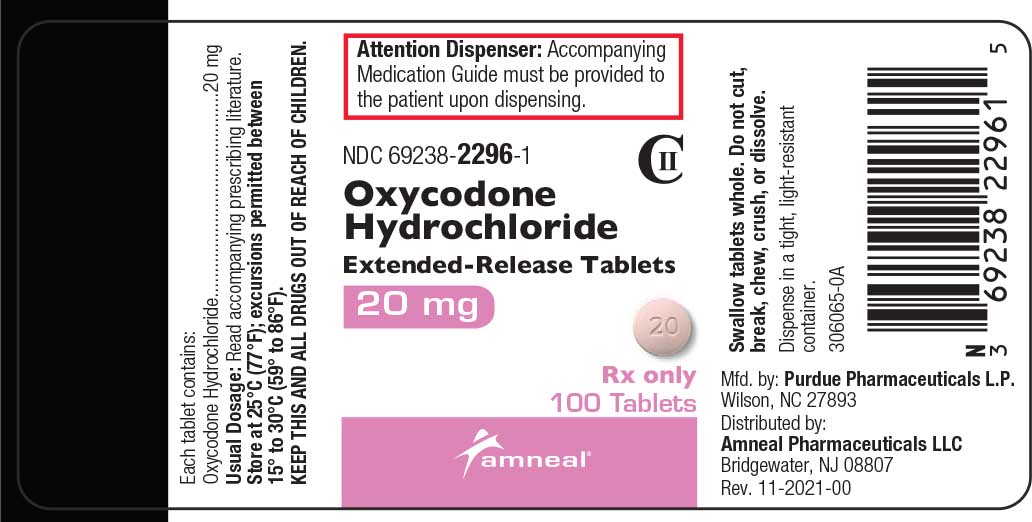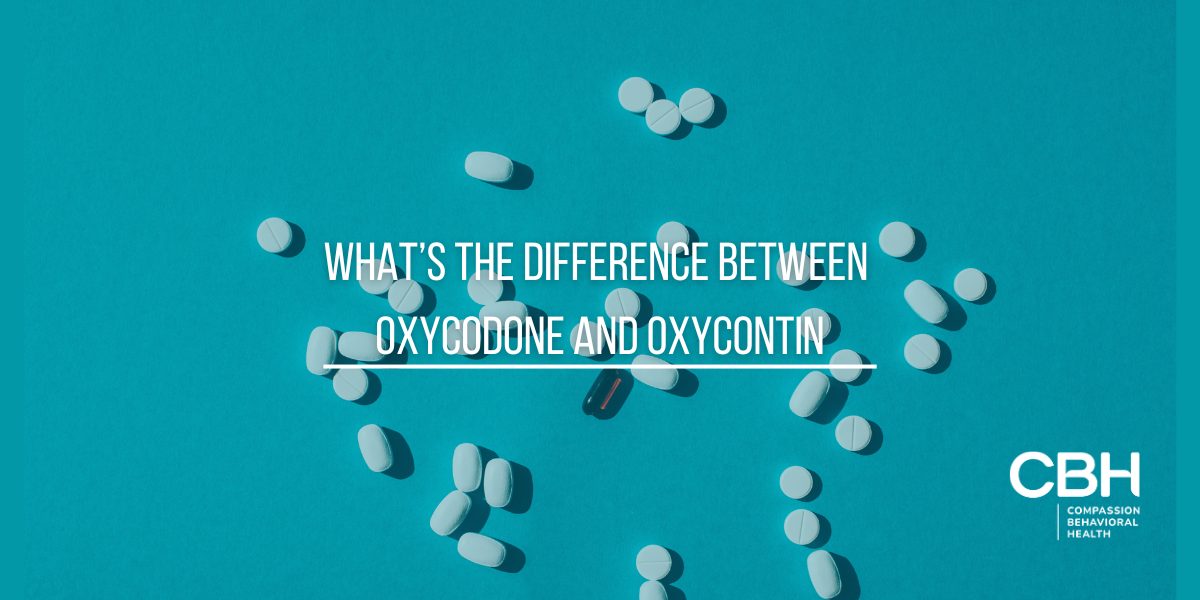Leading Tips for Purchasing Oxycodone Online: What You Required to Know
Leading Tips for Purchasing Oxycodone Online: What You Required to Know
Blog Article
Insight Into the Legitimate Utilizes Surrounding Oxycodone Intake
From providing relief to cancer patients fighting extremely painful discomfort to assisting in post-surgical healing, the applications of oxycodone are impactful and far-ranging. Understanding the nuanced circumstances in which this medication is suitably used sheds light on the detailed balance in between its advantages and risks, motivating a much deeper expedition into the world of pharmaceutical interventions in handling serious pain.
Discomfort Monitoring in Cancer Clients
Pain administration in cancer patients is a vital element of their total care and treatment routines. People battling cancer cells usually experience varying degrees of pain, which can significantly affect their quality of life. Reliable discomfort administration not only relieves physical pain however also addresses the psychological and psychological toll that chronic pain can tackle people.
Cancer discomfort can come from the illness itself, such as lump growth continuing nerves or organs, or as an adverse effects of treatments like radiation, surgery, or radiation treatment - Buy Oxycodone online. It is essential that doctor utilize a multidisciplinary technique to discomfort administration in cancer patients, customizing interventions to resolve the certain kind and resource of discomfort experienced by each individual
Therapy alternatives may consist of pharmacological treatments like opioids, non-opioid analgesics, and adjuvant medications, in addition to non-pharmacological techniques such as physical treatment, acupuncture, and cognitive-behavioral treatment. The goal of discomfort management in cancer cells clients is not just to reduce pain degrees however also to boost overall functioning and lifestyle throughout the course of their disease.
Post-Surgical Pain Relief
Adhering to surgical procedures, efficient administration of pain and advertising recovery are essential aspects of client care. Post-surgical pain relief plays a vital duty in making sure individuals' convenience and promoting their recovery process. Oxycodone, a potent opioid analgesic, is generally prescribed for taking care of modest to serious pain adhering to surgery.
Post-operative pain can prevent a patient's capacity to move, take a breath deeply, and participate in necessary tasks for recovery. Oxycodone assists reduce this pain by binding to opioid receptors in the brain and spine, reducing the assumption of discomfort. By offering effective discomfort alleviation, oxycodone makes it possible for individuals to get involved in physical therapy, enhance their mobility, and protect against problems related to insufficient pain control.

Chronic Discomfort Monitoring
Effective monitoring of chronic discomfort is vital for boosting patients' lifestyle and functionality. Persistent discomfort, lasting for weeks to years, can substantially influence a person's day-to-day activities, mental wellness, and general well-being. Oxycodone, a powerful opioid discomfort medicine, is commonly recommended to help manage persistent pain conditions such as joint inflammation, fibromyalgia, and reduced back pain when various other treatments have actually proven inefficient.
When made use of sensibly and under close clinical guidance, oxycodone can give much-needed alleviation to clients experiencing from persistent pain. By targeting the main nerves to modify the assumption of discomfort, oxycodone can help individuals restore flexibility, take part in physical therapy, and join activities they appreciate. This, consequently, can result in boosted mood, much better sleep, and boosted general functionality.
It is necessary for health care suppliers to very carefully assess each individual's discomfort level, case history, and threat factors before suggesting oxycodone for chronic discomfort monitoring. Routine surveillance and adjustments to the treatment strategy are required to make certain the medicine's efficiency while lessening the risk of reliance or abuse.
Palliative Treatment Use
When taking into consideration the wider range of medical treatment beyond persistent pain monitoring, the application of oxycodone in palliative care setups ends up being a topic of significant significance. Palliative treatment purposes to enhance the lifestyle for clients dealing with significant health problems by addressing their physical, emotional, and spiritual demands. Oxycodone, a powerful opioid analgesic, plays a crucial duty in palliative care by successfully taking care of serious pain that typically comes with innovative health problems such as cancer, end-stage organ failure, or sophisticated neurological problems.
In palliative treatment, oxycodone is recommended carefully and under close guidance to alleviate traumatic symptoms, promote comfort, and enhance overall wellness. The medicine is tailored to each individual's certain requirements, making sure optimum pain relief while decreasing potential side effects. Healthcare companies in palliative treatment setups function very closely with patients and their families to create customized therapy plans that focus on signs and symptom administration and psychological support.
Serious Injury Pain Control

However, it is crucial to emphasize the significance of using oxycodone sensibly and sticking strictly to prescribed dosages to minimize the danger of dependency, tolerance, and potential adverse results. Doctor should carefully monitor people getting oxycodone for extreme injury pain control to guarantee its efficiency suffering monitoring while reducing the possibility of abuse or addiction. By incorporating oxycodone right into a thorough pain management technique tailored to the specific requirements of the patient, health care professionals can enhance treatment outcomes and assist in a smoother recuperation find out here process from extreme injuries.
Verdict
In final thought, oxycodone works as an important device suffering management for different clinical conditions such as cancer, post-surgical recovery, persistent pain, palliative care, and serious injuries - Buy Oxycodone online. Its efficiency in providing relief to people experiencing severe discomfort has been well-documented. When made use of properly and under medical supervision, oxycodone can considerably enhance the quality of life for individuals struggling with crippling discomfort
By providing effective pain alleviation, oxycodone allows people to participate in physical therapy, improve their wheelchair, and avoid issues connected with inadequate discomfort control.
Oxycodone, a powerful opioid discomfort drug, is generally recommended to assist handle persistent discomfort conditions such as joint inflammation, fibromyalgia, and reduced back discomfort when various other therapies have verified inefficient.
Oxycodone, look at here now a powerful opioid analgesic, is efficient in offering relief from extreme discomfort by acting on the main worried system to alter the understanding of pain. Healthcare carriers have to closely keep track of clients receiving oxycodone for severe injury pain control to guarantee its effectiveness in pain management while minimizing the possibility of abuse or dependency.In final thought, oxycodone serves as a vital tool in pain monitoring for numerous medical conditions such as cancer cells, post-surgical healing, chronic discomfort, palliative treatment, and severe injuries.
Report this page